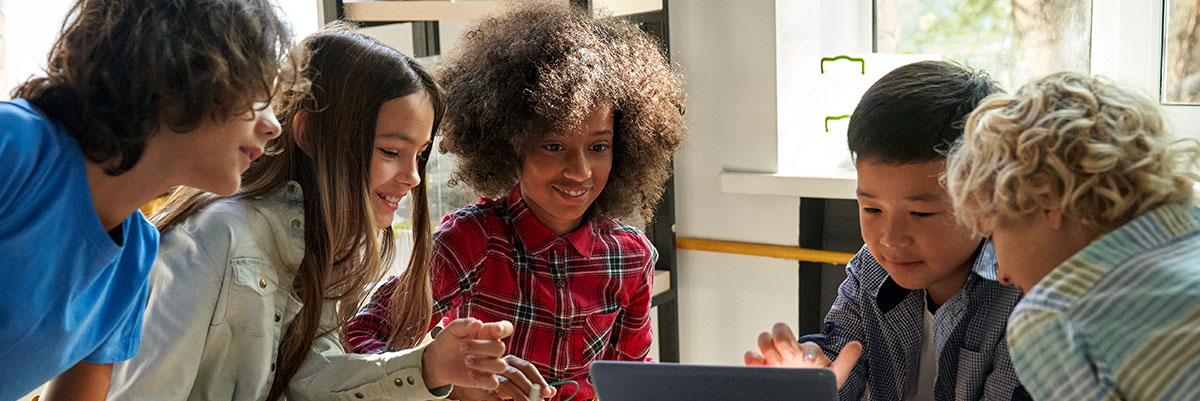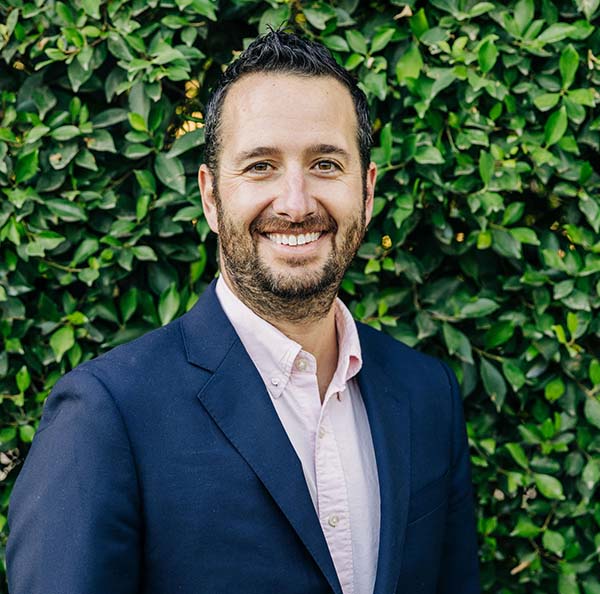Developing a student’s ability to innovate requires learning within and across academic disciplines and real world contexts.
Students need to talk about and address real world problems. There has never been a better time than now to begin that conversation.
Give me six hours to chop down a tree and I will spend the first four sharpening the axe.” — Abraham Lincoln
As I reflect on my K-12 educational experience, I don’t have the faintest recollection of discussing the atrocities that occurred to the Osage people in Oklahoma, the 1921 Tulsa Massacre, or the first and only Coup D’Etat on American soil on November 10, 1898, in Wilmington, North Carolina. Beyond the lack of exploring a part of history that largely tempers the belief of American exceptionalism, I was never tasked with bringing the experiences and issues of the day that I encountered into the classroom.
Math and science were not integrated to illustrate how the math I was using would enable me to better understand and predict the spread of Guinea worm in Africa, the long term impact of predatory loans, how faulty thinking caused the Challenger explosion, nor how to transfer the lessons we can learn about the human condition in our books to better understand how to hold people in powerful positions accountable.
The real world was kept outside of my classroom for a myriad of reasons but one glaring reason is that the real world didn’t fit into a neat little box, fulfill a 50 minute session, or end with clear answers. The real world presents more questions, different perspectives, and nuanced critiques to the way we thought the world worked.
Today the majority of students all over the world are engaging in their learning in vastly different ways than almost every adult did when they were children. In terms of scope and scale, the real world is less omnipresent and more visceral for students. They see murals, face masks, plexiglass barriers, tear gas, books illustrating multiple perspectives of topics that challenge what had appeared largely settled in their class, and receive unfiltered 24/7 information via social media.
More than ever, our students need a way to process, discuss, connect, and act upon that information.
And while the majority of adults spend their time discussing the implications of how to change what they used to do in the classroom to a new learning medium (distance, hybrid, or in-person), the real difference in our children’s world is the lack of a filter to understand the trials and tribulations of the current racial, climate, and viral pandemics they face. The last thing kids need when they come back to school is to be told the real world isn’t “covered” in this class. Nor do they need to be given the implicit message that they must navigate what to value, how to process, and where to take action by themselves. Educators will have to work hard to keep the real world out of the classroom this year.
I suggest we bring our students and the world into the classroom.

I realize, as educators we feel like we don’t have time to teach students how to bring the real world into the classroom experience and how to apply core content to many of the contemporary issues that we are all trying to understand.
We believe:
- we must privilege rigor over relevance.
- that time is against us.
- we need to stick to what we know and
- focus on a medium change rather than a change to learning.
Regardless of the sharpness of the axe, we believe we must continue to cut for hours upon hours. Perhaps, we should spend some time reflecting on the definition of rigor and sharpening our tools for rigorous learning.
Rigorous Learning
I define rigor as the equal intensity and integration of surface, deep, and transfer learning (see Figure 1.0). A teacher who values rigor appreciates all three levels of complexity and designs and implements instruction that ensures students learn at all levels. They (1) enable students to apply their depth of learning across different situations and (2) find ways to use broad cross-discipline comparisons to then home in on one subject and enrich a student’s depth of knowledge.
Table 1 Rigorous Learning- Levels of Complexity

To establish rigorous learning for students, depth of knowledge must be established in tandem with the incorporation of knowledge and skills that enable students to see across situations and perspectives, tackle changing problems, and engage with others.
Balance between depth (surface and deep knowledge and skills) and breadth (transfer knowledge and skills) is the key to rigor.
Rigor in action is a student’s ability to be cognitively flexible shift between depth and breadth. Our role right now as educators is to sharpen our skills on teaching students to connect the real world (transfer knowledge and skills) to the academic cannon (surface and deep knowledge and skills).
Sharpening our Tools for Transfer
To promote the development of transfer learning, the following three strategies should be considered, including:
1. Tackle messy problems together
Kids are often given “kind problems” in the classroom. These are problems where students are given clear outcomes, clear success criteria, specific direct instruction, clear feedback, and are often tasked with one situation and often one perspective to look through. Kind problems are fertile ground for surface and deep knowledge development.
Messy problems are where “the rules of the game are often unclear or incomplete, there may or may not be repetitive patterns and they may not be obvious, and feedback is often delayed, inaccurate, or both” (Epstein, 2019, p. 21). These questions are filled with new challenges, new ideas, and new perspectives that complicate kind problems making solving them more unwieldy and realistic. Messy problems are ideal for learning at transfer.
Ways to bring messy problems into the classroom (or zoom room) include:
- Presenting students with multiple contexts and asking them to determine a transfer level question to tackle. For example, imagine you want students to learn about ecological pyramids (a graphical representation to show the biomass at each trophic level in a given ecosystem). You decide to present students a variety of situations including:
- ecosystems that are facing a variety of challenges including habitat fragmentation due to farming or housing development,
- oil pollution in aquatic ecosystems,
- invasive species introduction to a new ecosystem, and
- reintroduction of a species.
Next, you ask students to explore each context and determine what questions emerge after looking at each context. Often students will intuitively begin to see relations between the various contexts including that ecosystems are manipulated by external factors including humans. This will lead students to need to investigate kind problems (surface and deep knowledge) to better address the wicked problem they have identified.

2. Present the messy problem on day one of a new unit
Start your students off with the wicked problem on day one of a new unit. Provide them with multiple contexts and facilitate the development of challenging questions such as:
- Who should ultimately be responsible for gun violence?
- Who defines heroism?
- To what extent can communities address bias and more licensing?
- To what extent can we destroy plastic?
- Should the wealthy pay more taxes for others to gain benefits and have better opportunities to compete against them?
Next, focus students on the learning of surface and deep knowledge. Here you use the tried and true strategies that work well in the kind world of the classroom. Students learn how to read, write, and talk about the subject area. Throughout the unit, you throw in changes in perspectives, tasks, criteria, and within and across contexts. Finally, at the end of the unit, students present their understanding of the wicked problem and their ideas associated with next steps to address the problem.

3. Change the learning experience during a unit of study
Messy problems change in a heartbeat where kind problems are safe, stable, and straight forward. When designing transfer level work for students, consider offering twists, turns, sequels, and perspectives within the sequence of a unit of instruction (see table below).
Changes in the Learning Experience

References:
Epstein, D. (2019). Range: Why generalists triumph in a specialized world. New York: Riverhead Books.


